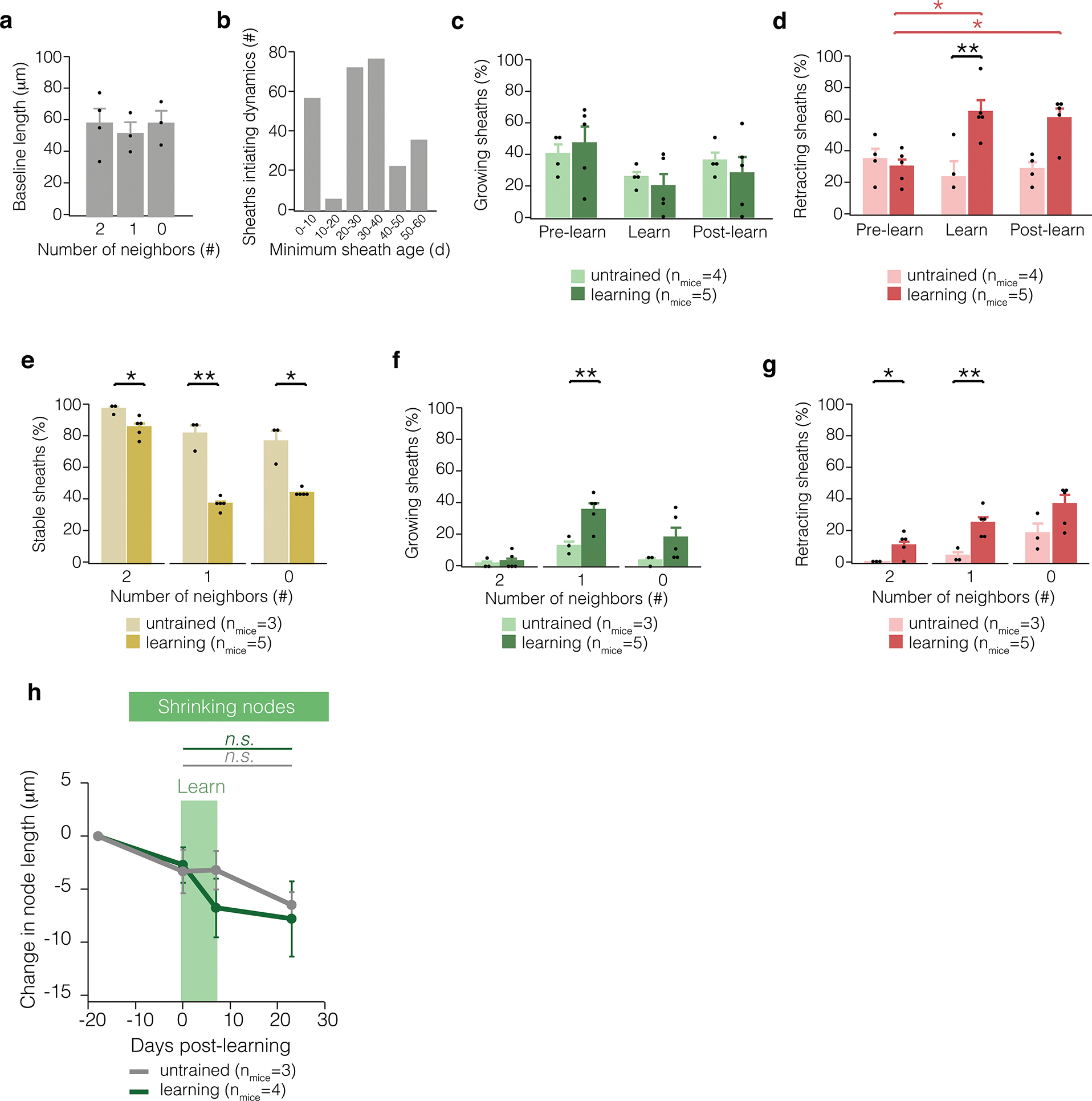Extended Data Fig. 4. Sheath retraction, but not sheath growth, is affected by learning a new skill.

a, Sheath length is similar across sheaths with 2, 1, or 0 neighbors. b, Sheaths of many ages initiate sheath dynamics in young adult mice. c, Proportion of dynamic sheaths engaging in growth three weeks before learning, during learning (one week), and in the two weeks after learning. d, Proportion of dynamic sheaths engaging in retraction before, during and after learning. Learning modulates sheath retraction (F2,14 = 6.76, p = 0.0088). During learning, more sheaths retract relative to untrained mice (p = 0.0095; Tukey’s HSD) and relative to pre-learning values in trained mice (p = 0.016; Tukey’s HSD). Two weeks after learning, more sheaths retract relative to pre-learning values in trained mice (p = 0.0358; Tukey’s HSD). e, In learning mice, there are fewer stable sheaths with 2 (p=0.013, t(5.91)=3.49), 1 (p=0.0089, t(2.47)=7.62), and 0 neighbors (p=0.043, t(2.04)=4.55). f, In learning mice, there are more growing sheaths with 1 neighbor (p=0.0071, t(6.00)=−4.00). g, In learning mice, there are more retracting sheaths with 2 (p=0.024, t(4.00)=−3.62) and 1 neighbors (p=0.0050, t(6.00)=−4.31). h, Nodes and gaps in myelin that shorten are not modulated by learning (REML with post-hoc Tukey’s HSD). Bars and error bars represent mean ± s.e.m unless otherwise noted. For detailed statistics, see Supplementary Table 3.
